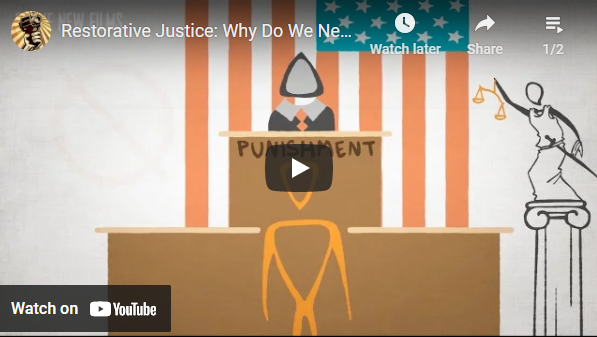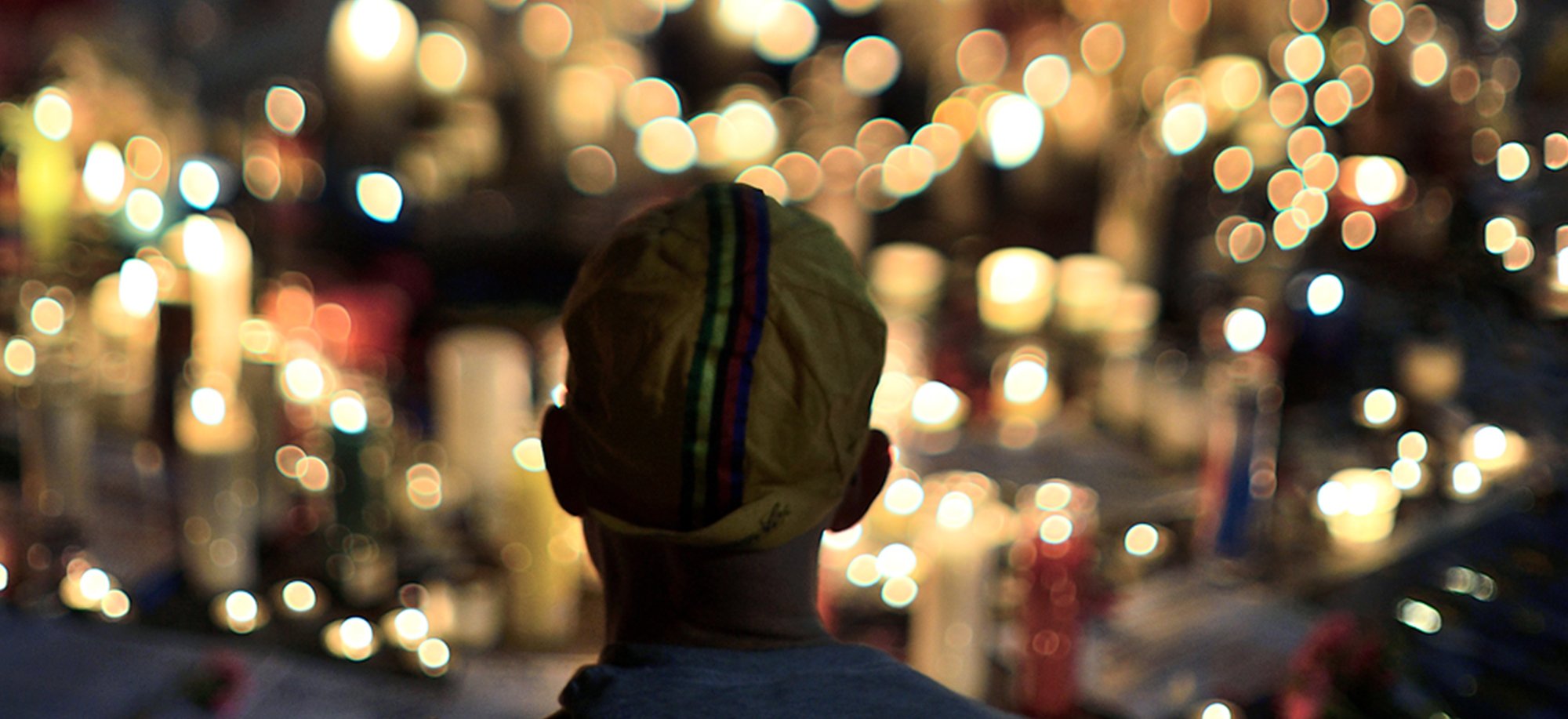In Bid To Build Trust, New York City Adds Victims' Allies In All Precincts

Surviving a shooting or stabbing in a poor New York City neighborhood is often a prelude to a long battle for help.
Paraplegic shooting victims can languish for weeks in city-owned hospitals without counseling, their public insurance insufficient to get them a bed at a rehabilitation clinic. Others recovering from injuries return home with dim job prospects and a heightened fear of going outside. Distrustful of the police, they sometimes decline the entreaties of detectives seeking to solve a crime, leaving them on their own to work through the pain and anger that follow.
To address those deficits, the Police Department said on Wednesday that it would bring advocates for crime victims into each of the city’s 77 precincts, opening a door to a range of therapeutic and financial services that people in poor, minority neighborhoods have lacked.
The program, financed by the department and staffed by Safe Horizon, a nonprofit that places domestic-violence counselors in the city’s police precincts, is the first since at least the early 2000s to provide victims of crimes like assault and robbery access to services within a station house.
The move reflects a growing recognition across the country that the people who disproportionately bear the brunt of serious crime — mostly young minority men — are also the least likely to get help. The federal budget for the Victims of Crime Act, passed in 1984, grew in 2015 by $1.6 billion, part of what advocates say is a broad shift toward recognizing that money for social services needs to flow into high-crime neighborhoods, just as resources to support law enforcement have for decades.
“Our outreach is going to include people who haven’t always felt that there are victims services available to them,” said Susan Herman, the department’s deputy commissioner for collaborative policing. “We will be reaching out to people who don’t necessarily identify as victims of crime, but have experienced violence, have experienced assault, and in particular young men of color who may not see themselves as someone who would typically go to a victim services agency.”
The program was announced on Wednesday as the city’s police commissioner, James P. O’Neill, and Chirlane McCray, the wife of Mayor Bill de Blasio, addressed a class of Safe Horizon trainees in the agency’s Brooklyn office. Since last month, advocates have been working in 13 precincts in Brooklyn, Manhattan and the Bronx. Another class of advocates will move into 13 more precincts, including some in Queens and Staten Island, next week.
The department did not say how much it is spending on the program.
By 2018, most precincts will have two victims advocates, one focused on domestic violence and the other on general crime; precincts with lower crime rates will have a single advocate.
The advocates would sift through crime complaints each morning and eventually send a letter, signed by the precinct’s commanding officer, to each crime victim. Some victims would also receive phone calls or home visits from an advocate.
Safe Horizon said it would tailor its services to a victim’s needs. Some may want to sit down with a counselor, while others may need help applying for financial compensation for lost property or advice about how to commute to work more safely. Others may want help navigating the bureaucracy to obtain a transfer within the city’s public housing system, or guidance on what they should expect as a criminal case moves through the legal process.
City officials hope that placing advocates within precincts will expand the pool of crime victims in contact with an advocate while connecting victims to services more quickly. Many of the city’s victim services programs currently run through each borough’s district attorney’s office.
Safe Horizon said that advocates would speak during morning roll calls at station houses to encourage police officers to make use of the new services. Mr. O’Neill said he hoped officers would welcome the new program — all the more so as the department trains officers to get to know residents better as part of a neighborhood policing program.
“I’ve dealt with a lot of victims,” said Mr. O’Neill, who was once commanding officer of the 44th Precinct in the Bronx. “You feel frustrated that you can’t do more for them. And I’m sure the victims feel that the police should have been able to help me a little bit more in putting me on the right track. I think this is going a long way to building trust.”
He said the department would evaluate whether two advocates were enough to address the number of victims in high-crime precincts.
As financing for victims services was slashed, most notably in 2008 and 2010, the number of precincts with domestic-violence advocates fell from a peak of 22 precincts and nine housing police service areas in the mid-1990s to three precincts and nine housing police service areas in recent years, Ms. Herman said. A program instituted in the mid-90s to put general victim advocates in two precincts, one in the Bronx and one in Brooklyn, disappeared by the early 2000s, said Maureen Curtis, vice president for Safe Horizon’s criminal justice and court programs.
Seeing an opening when Mr. de Blasio, a Democrat, and the city’s former police commissioner, William J. Bratton, took office several years ago, advocates began pushing the new administration to address what they saw as an imbalance in services.
“We know that people who live in neighborhoods that may have more crime are not necessarily, traditionally, going to get the same response if they were to reach out and say, ‘This is what I need,’” Ms. McCray said. “They don’t have the safety net.”
Danielle Sered, director of Common Justice, a project of the Vera Institute of Justice, called the new program “evidence of a really important commitment to reaching victims.”
But she said it was also essential to invest in programs without a link to law enforcement, for people who may be too fearful of or bitter toward the police to walk into a station house. “They shouldn’t have to trust the police to get help with their pain,” she said.


